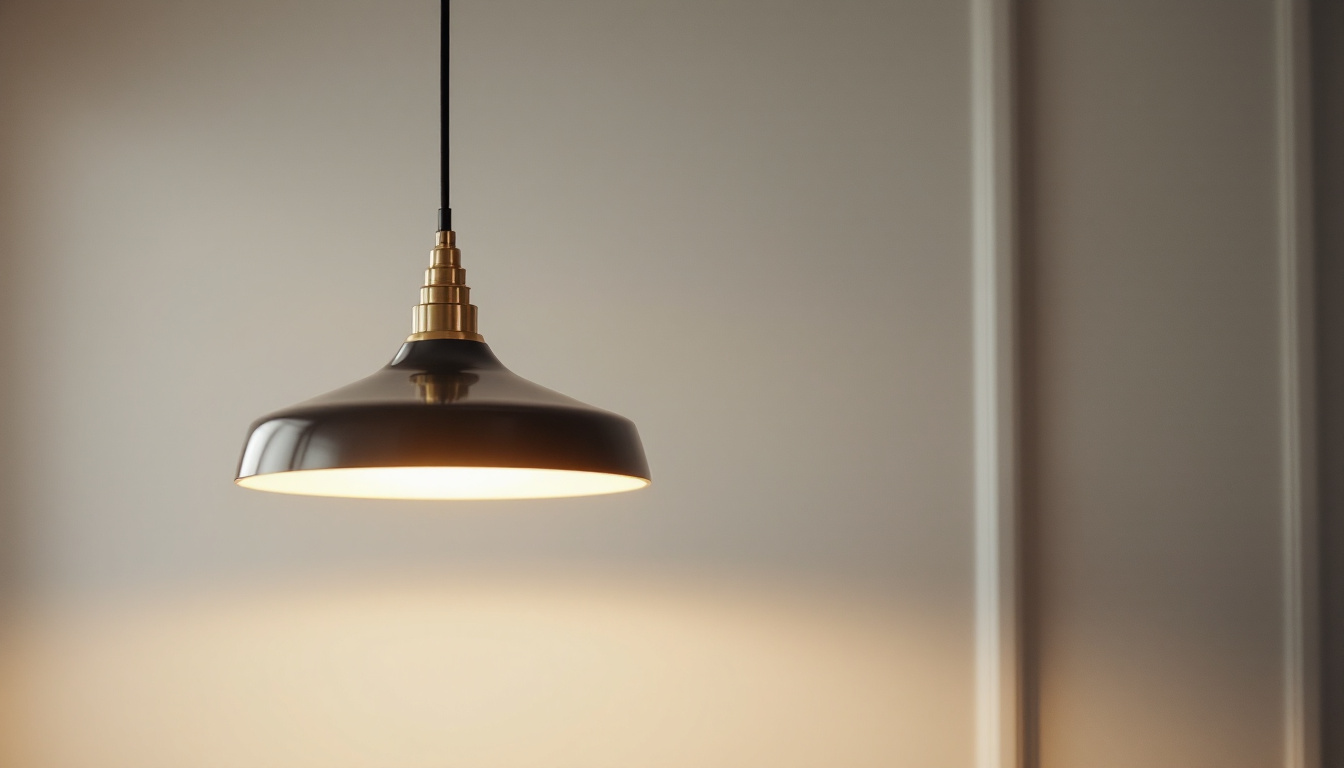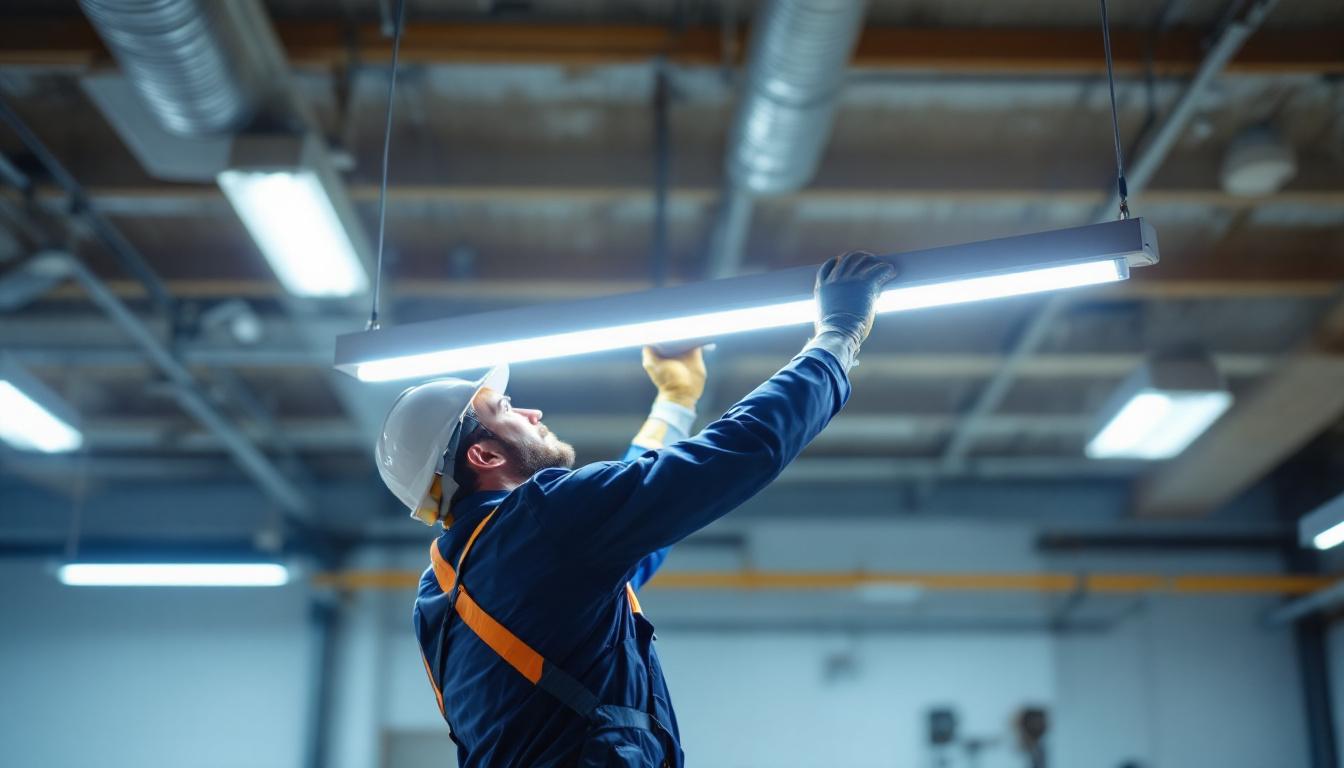
In the realm of commercial and residential lighting, fluorescent tubes have long been a staple due to their efficiency and brightness. Among these, T8 and T12 lights are two of the most common types encountered by lighting contractors. Understanding the fundamental differences between these two is crucial for making informed decisions that affect energy consumption, lighting quality, and overall project success.
The designation “T” refers to the shape of the fluorescent tube, specifically its diameter measured in eighths of an inch. Therefore, a T12 tube has a diameter of 12/8 inches (or 1.5 inches), while a T8 tube measures 8/8 inches (or 1 inch). This difference in size influences not only the physical fitting but also the electrical characteristics and efficiency of the lamps.
T12 tubes are older technology and typically operate at a lower frequency with magnetic ballasts, which can lead to flickering and reduced lifespan. Conversely, T8 tubes are designed to work with electronic ballasts that operate at higher frequencies, resulting in less flicker, better light quality, and improved energy efficiency. This fundamental difference often dictates the choice of ballast and fixture compatibility.
Moreover, the energy efficiency of T8 lights is significantly higher than that of T12 lights. T8 tubes generally consume about 32 watts of energy compared to the 40 watts used by T12 tubes. This reduction in wattage not only translates to lower electricity bills but also contributes to a reduced carbon footprint, making T8 lights a more environmentally friendly option. Additionally, T8 tubes often produce a higher lumen output per watt, which means they provide more light while using less energy, making them an attractive choice for both commercial and residential applications.
Another important consideration when comparing T8 and T12 lights is their availability and cost. As T12 technology becomes increasingly outdated, many manufacturers have shifted their focus to T8 and even more advanced options like T5 tubes. This shift has led to a wider variety of T8 products available on the market, often at competitive prices. As a result, lighting contractors and consumers alike may find that T8 lights not only offer superior performance but also better value for their investment. Furthermore, the transition to T8 lighting can often be accomplished with minimal retrofitting, allowing for a smoother upgrade process in existing fixtures.
Despite the clear technical distinctions, many lighting contractors fall into common pitfalls when specifying or retrofitting lighting systems. These mistakes can lead to increased operational costs, client dissatisfaction, and even safety concerns.
One of the most frequent errors is assuming that T8 and T12 tubes are interchangeable without considering the ballast type. T12 fixtures typically use magnetic ballasts designed for the larger tube diameter and different electrical requirements. Installing a T8 tube in a T12 fixture without changing the ballast can cause flickering, reduced lifespan, or complete failure of the lamp.
Conversely, retrofitting T12 fixtures with T8 tubes without replacing the ballast negates the energy efficiency benefits that T8 lamps offer. Lighting contractors must always verify ballast compatibility or plan for ballast replacement to ensure optimal performance. This oversight can lead to significant downtime and additional costs, as contractors may need to return to the site to rectify the issue. Furthermore, understanding the nuances of ballast types—such as electronic versus magnetic—can help contractors make informed decisions that enhance the overall reliability and efficiency of the lighting system.
While T12 tubes may have a lower upfront cost, they are significantly less energy-efficient compared to T8 tubes. T8 lamps consume less power for the same light output and have longer lifespans, which translates to lower maintenance and energy costs over time. Contractors who focus solely on initial installation costs risk delivering solutions that are more expensive in the long run.
Additionally, many regions have regulations phasing out or restricting the use of T12 lamps due to their inefficiency and environmental impact. Failing to consider these regulations can lead to non-compliance issues and the need for costly future upgrades. Moreover, energy-efficient lighting solutions are often eligible for rebates or incentives from utility companies, which can further offset initial costs. By educating clients about these potential savings, contractors can position themselves as knowledgeable partners who prioritize both economic and environmental considerations in their projects.
Another common oversight is disregarding the differences in light quality between T8 and T12 lamps. T8 tubes generally offer better color rendering and more consistent light output, which is essential in environments where visual clarity and ambiance matter, such as offices, retail spaces, and healthcare facilities.
Choosing T12 lamps for spaces that require high-quality lighting can result in poor illumination, negatively impacting occupant comfort and productivity. Lighting contractors should assess the specific needs of each project and recommend the appropriate lamp type accordingly. Additionally, the color temperature of the lamps can greatly influence the atmosphere of a space; for instance, cooler temperatures can enhance focus in work environments, while warmer tones can create a more inviting ambiance in hospitality settings. By taking these factors into account, contractors can ensure that their lighting solutions not only meet functional requirements but also enhance the overall experience of the space for its users.
Beyond the basic differences and common mistakes, several technical and practical factors influence the decision-making process when selecting between T8 and T12 lighting solutions.
The ballast factor, which measures the output of a lamp-ballast system relative to a reference ballast, varies between T8 and T12 setups. Electronic ballasts used with T8 lamps typically have higher ballast factors, contributing to better system efficiency and more stable light output.
Lighting contractors should evaluate ballast specifications carefully, as mismatched or low-quality ballasts can diminish the advantages of T8 lamps. Selecting high-quality electronic ballasts compatible with T8 tubes ensures energy savings and consistent performance. Additionally, the integration of smart lighting controls with T8 systems can further enhance efficiency by allowing for dimming and occupancy sensing, which can significantly reduce energy consumption during off-peak hours.
Retrofitting existing T12 fixtures with T8 lamps involves more than just swapping tubes. It often requires ballast replacement or bypassing magnetic ballasts altogether. This process can increase labor costs and complexity, especially in large-scale projects.
Contractors must weigh these upfront retrofit costs against the long-term benefits of improved energy efficiency and reduced maintenance. Proper planning and client education are essential to justify the investment and ensure successful project outcomes. Furthermore, understanding the specific layout and design of the existing lighting system can help contractors devise a more efficient retrofit strategy, potentially minimizing downtime and disruption to business operations during installation.
Environmental considerations are increasingly important in lighting projects. T8 lamps consume less energy and contain fewer hazardous materials compared to older T12 lamps, aligning better with sustainability goals and green building certifications.
Many jurisdictions have phased out or restricted the use of T12 lamps due to their inefficiency and mercury content. Lighting contractors must stay informed about local regulations to avoid specifying obsolete technology that could lead to compliance issues. Additionally, the shift towards LED technology is gaining momentum, as these solutions not only offer even greater energy savings but also have a longer lifespan, further reducing waste and environmental impact. Contractors should be prepared to discuss the benefits of transitioning to LED alternatives with clients, as this can open up new opportunities for energy rebates and incentives that support sustainable practices.
To avoid common mistakes and optimize lighting installations, contractors should adopt a strategic approach based on knowledge, careful assessment, and client communication.
Before specifying lighting solutions, contractors should perform comprehensive site evaluations to understand existing fixture types, ballast conditions, and lighting requirements. This assessment helps determine whether retrofitting or complete fixture replacement is the best course of action.
Documenting the current state and potential challenges allows contractors to provide accurate estimates and recommendations, reducing the risk of surprises during installation.
Clients often focus on upfront costs, so it is vital for contractors to explain the advantages of T8 lighting in terms of energy savings, maintenance reduction, and improved lighting quality. Providing data-driven comparisons and case studies can help clients appreciate the value of investing in modern lighting technology.
Selecting the right ballast is as important as choosing the lamp itself. Contractors should specify electronic ballasts compatible with T8 tubes and ensure installation follows manufacturer guidelines. Testing the system after installation confirms that the lighting performs as expected without flickering or premature failure.
Lighting technology and regulations evolve continuously. Contractors should engage in ongoing education and monitor updates from regulatory bodies and industry organizations. Staying informed ensures compliance, enhances reputation, and positions contractors as trusted experts in lighting solutions.
Understanding the differences between T8 and T12 lights is fundamental for lighting contractors aiming to deliver efficient, compliant, and high-quality lighting systems. Avoiding common mistakes such as ignoring ballast compatibility, overlooking energy efficiency, and neglecting light quality can significantly impact project success and client satisfaction.
By conducting thorough assessments, educating clients, selecting appropriate ballasts, and staying current with industry developments, contractors can confidently specify lighting solutions that meet both immediate needs and long-term goals. Embracing T8 technology where appropriate not only enhances lighting performance but also contributes to sustainability and regulatory compliance, reinforcing the contractor’s role as a knowledgeable and reliable professional.
Ready to elevate your lighting solutions and avoid the pitfalls discussed in this article? Choose LumenWholesale for your next project and experience the difference quality makes. Our extensive selection of spec-grade lighting products ensures you have access to the best T8 and LED options on the market, all at unbeatable wholesale prices. Say goodbye to middleman markups and hello to reliable, high-performance lighting that meets the highest industry standards. With free shipping on bulk orders, you can get premium lighting at the best value — without hidden fees or compromises. Don’t settle for less; make the smart choice for your business and your clients. Visit LumenWholesale now and take advantage of Wholesale Lighting at the Best Value.

Discover the essential guide to Mfg-Pendant Mount lighting solutions.

Discover innovative strategies from expert lighting contractors on transforming your outdoor space with smart porch lighting.

Discover essential tips and strategies for lighting contractors to prevent common pitfalls when installing 8′ LED light fixtures.

Discover how solar technology is revolutionizing outdoor and indoor lighting with expert insights from leading contractors.